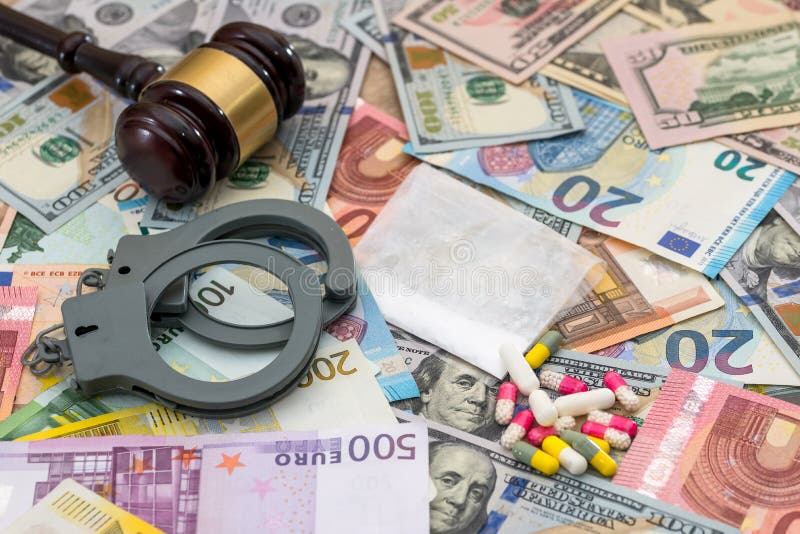In the grand theater of commerce, few objects are as ubiquitous as dollar bills. They flutter through wallets, exchange hands at checkout counters, and serve as the backbone of economies worldwide. However, have you ever pondered the hidden dangers that might be lurking within your pocket change? While most individuals think of money primarily as a facilitator of trade, a less-discussed aspect is its potential contamination with toxic substances. This intriguing dilemma raises an intriguing question: Are the very bills that fuel our daily transactions also a source of hidden peril?
Research has revealed that paper currency can often harbor a veritable cocktail of harmful substances. From traces of illicit drugs to harmful pathogens, the currency we handle daily is far from pristine. Notably, studies have uncovered the presence of cocaine and other drugs on banknotes, raising concerns about the wider implications of contamination. What does it mean for public health when the very medium of exchange can be tainted with such toxins?
Beyond drug residue, another worrisome trend surfaces when discussing the ‘germiness’ of dollar bills. Various pathogens, including bacteria like E. coli and Staphylococcus aureus, have been detected on currency. The very act of handling money could potentially expose individuals to these health threats, especially in a world increasingly sensitive to hygiene practices. With frequent transactions, and little thought given to cleanliness, how can consumers ensure their safety?
Given these unsettling realities, one potential challenge emerges: how to mitigate the risks associated with handling cash. While digital transactions seem to offer a safer alternative, they are not without their own vulnerabilities. Therefore, what is the pragmatic route forward? Maintaining personal hygiene becomes paramount. Regular handwashing, or the use of hand sanitizers after handling cash, could serve as simple yet effective countermeasures. Additionally, being mindful of cash transactions and minimizing them when possible may further reduce exposure to potential contaminants.
Moreover, the unfolding scenario begs for a broader conversation about currency sanitization. Is there merit in advocating for institutions to implement rigorous cleaning protocols for circulating money? Employing ultraviolet light or chemical treatments to disinfect banknotes before reintroducing them into circulation could potentially enhance public safety. As society navigates through the intricacies of health and commerce, such measures might not just be visionary—they could become essential.
In a world where the trappings of daily life are often intertwined with hidden risks, the revelation about toxic substances on dollar bills serves as a reminder. To what extent are we aware of our daily exchanges, not just financially, but also in terms of health? The quest for cleanliness in the currency we use may well lead to a safer, more informed society.
